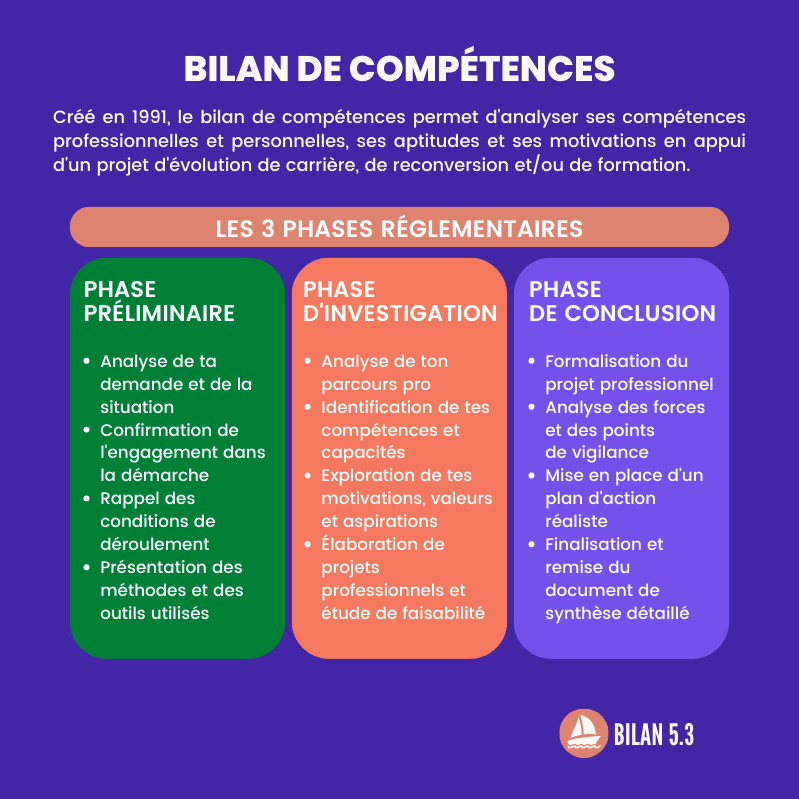
A Chinese-American study found that a disrupted menstrual cycle increases the risk of dying before the age of 70.
The menstrual cycle, a health indicator
We define an irregular cycle when the rules ” occur too soon, every 10-15 days or every 3 weeks, or too far, every 6 weeks or more »Explains gynecologist-endocrinologist Juliane Berdah. It also involves more or less long and / or profuse bleeding, different for each cycle. Regular periods indicate that the hypothalamic-pituitary-ovarian axis is functioning properly. Conversely, an irregular cycle could mean a disruption of this axis. It makes it possible to identify the general state of health of the woman, throughout her life. The American Academy of Pediatrics and the American College of Obstetricians and Gynecologists insist that there needs to be more recognition of the menstrual cycle, and that it should be used as an indicator of women’s health.
A 73% risk of premature death when the cycle is disrupted
American and Chinese researchers at Harvard, Michigan and Hanzhong universities conducted a study on a cohort of nurses. Published in the British Medical Journal, this study shows a link between irregular periods and a risk of premature death. Indeed, irregular periods demonstrate a risk of potential death before age 70. The 116,429 participants were divided into 3 groups according to age: 14 to 17 years old, 18 to 22 and 29 to 46. The result of this study reveals that women with a disturbed or long cycle (40 days or more) have a 73% risk of dying before age 70. The risk is even higher when they have cardiovascular disease or use tobacco. This disrupted cycle is also associated with noncommunicable diseases such as ovarian cancer, coronary heart disease, type 2 diabetes and mental health issues. These diseases occur in particular because of a disturbed hormonal environment, characterized by hyper insulinemia, chronic inflammation or metabolic disorders.















